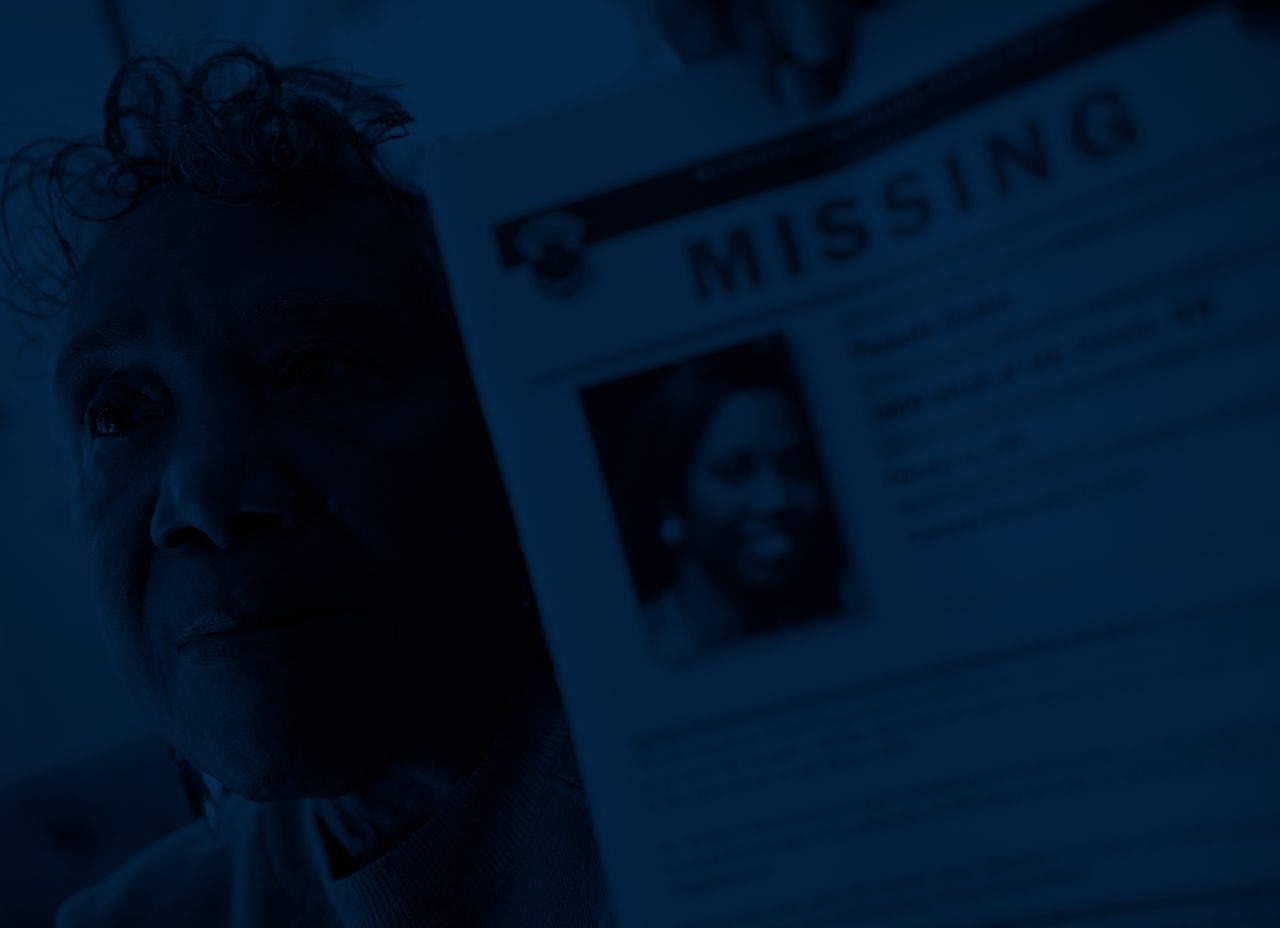An alarmingly high number of black girls have been reported missing in the D.C. area; according to some reports, at least 501 children, predominantly black and Latino, have been reported missing there since the year began, with 22 of those cases still open. A recent Instagram post that was widely circulated on Twitter said that 14 girls had gone missing in D.C. in just 24 hours. But that number is innacurate, local police told BuzzFeed News. But if you’re aware of that news at all, it’s likely because of social media platforms such as Twitter and Facebook; without them, you may have never known. Now that law enforcement agencies are more frequently looking to social media to help find missing kids, Twitter communities have taken notice. Recently, the nationwide crisis of missing black girls has been publicized in a serious way. But is increased social media awareness actually productive?
#MissingDCGirls is the Twitter epicenter of the U.S.’s new awareness of missing black kids. Communities are using the hashtag to express fear, sadness, and outrage over a perception that missing black children are so often underpublicized in news media. “If the media won’t say anything about it then we will,” says one tweet that has been retweeted over 40,000 times as of Saturday morning. “I have to rely on Black Twitter to get info cuz mainstream media's too busy to care,” reads another. The main thread running through many of these messages is that social media users have to spread word of these cases because the nation at large doesn’t care.
In the process, the missing girls themselves become almost secondary to the story that no one is talking about them. Some of the most shareable photos on the social media platform shrink original missing persons flyers, making important identifying and reporting information unreadable, rarely linking back to original sources. And sources matter. Earlier this month, police in the Canadian town of Kindersley posted an advisory to their Facebook page warning that posts by private individuals may not actually be in the missing children's best interests. “If the post wasn't originated from a confirmed police source, or comes with a link to a reputable newspaper or media outlet showing that the police are actively searching,” the post warns, “then it is likely not legitimate.”
When vulnerable individuals are turned into symbols, real harm can be done.
Trending content about missing black girls is important, but it can also mis- and under-represent important context about the worlds from which they disappear. For example, children living in foster care, 24.3 percent of whom are black, are particularly vulnerable when it comes to going missing and not being found. In Texas alone, one-third of all children who ran away from foster care last year have yet to be located. And it’s unclear how many of those who were found were returned to safe homes instead of abusive ones they were hoping to escape from. One girl who was declared missing in D.C. called attention to this sad reality; she told WUSA9 that she had not been kidnapped but had run away from a foster home where she was being mistreated.
Another important note is that black children are overrepresented when it comes to going missing. Black children consistently comprise 14% of the U.S.’s total youth population, according to Kids Count data center. But the Black and Missing Foundation reports that 36.7 percent of children who went missing last year were black, suggesting that the problem is much bigger than Washington, D.C. You may have seen posts about black girls missing in the nation’s capital. But for those of us living outside the Beltway, how much have we heard about those who have disappeared from our local communities? There are a number of tweets calling on others to help by retweeting, urging that “It takes 3.2 secs” or contrasting the under-reported missing girls to Tom Brady’s widely covered missing football jersey.
But the way many of these tweets incorporate shame to raise awareness or express valid disgust begs the question of what it is that is shocking us more: That so many black girls are missing or that so many of us weren’t paying attention until this month? This despite the fact that media outlets have been reporting for years on the high numbers of missing black girls in the U.S. The impetus for some news outlets who do cover these cases, however, is often to just point them out, as opposed to dedicating resources, nuance, and follow-up to the issue. This underscores a failure in newsrooms but also on social media: Neither is a salve on its own without context, proper sourcing, and an ecosystem that supports both.
Of course, none of this is to say that using social media to raise awareness about the epidemic of missing black girls is a bad thing. But when vulnerable individuals are turned into symbols, real harm can be done. It’s perhaps a cynical thought but how soon until #MissingDCGirls goes the way of #BringBackOurGirls or even #Kony2012? Social media has changed the game when it comes to garnering attention for underreported stories. But while raising awareness may now only take a matter of seconds, maintaining that awareness — and making sure it’s accurate — takes much more time and work.
